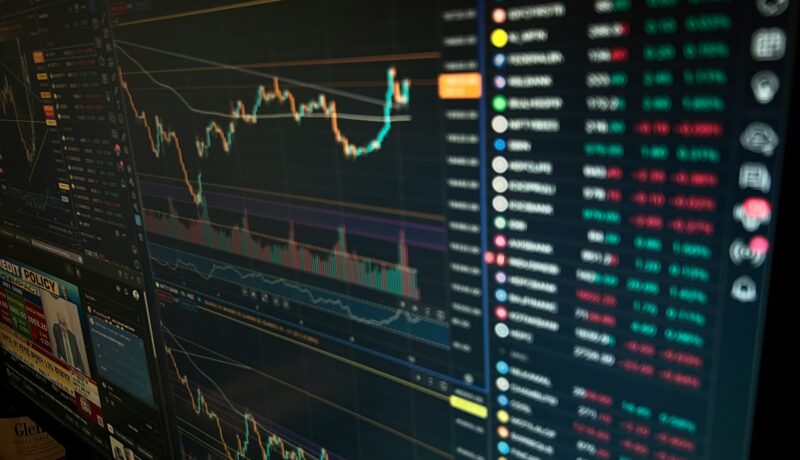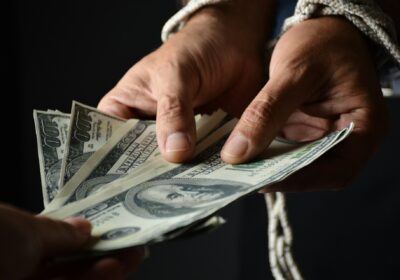
What is false trading?
False trading is a type of financial fraud where someone artificially inflates or manipulates trading activity to create a misleading appearance of market activity or to deceive others about the value or demand of a security. It’s often illegal because it misrepresents the true market situation.
Here’s a breakdown:
-
Definition:
-
False trading occurs when a person buys and sells a security (like stocks, commodities, or other assets) without any real intention of completing the trade for legitimate profit or investment.
-
The goal is usually to create a false impression of high demand or price movement.
-
-
Common purposes:
-
Market manipulation: Making a stock look more popular than it is to attract genuine investors.
-
Inflating prices: Artificially increasing the price of a stock or commodity to sell it at a profit later.
-
Falsifying records: Misleading auditors, regulators, or shareholders about trading volume.
-
-
How it’s done:
-
Wash trading: Buying and selling the same security repeatedly to create the illusion of activity.
-
Churning: Excessive trading in a client’s account primarily to generate commissions, not profits.
-
-
Legal context:
-
Most countries have strict regulations against false trading.
-
In India, for example, under the Securities Contracts (Regulation) Act, 1956, false trading is prohibited. Regulators like SEBI (Securities and Exchange Board of India) monitor and penalize such activities.
-
Key point: False trading doesn’t involve genuine investment decisions; it’s purely intended to mislead others about the market.






No Comment! Be the first one.